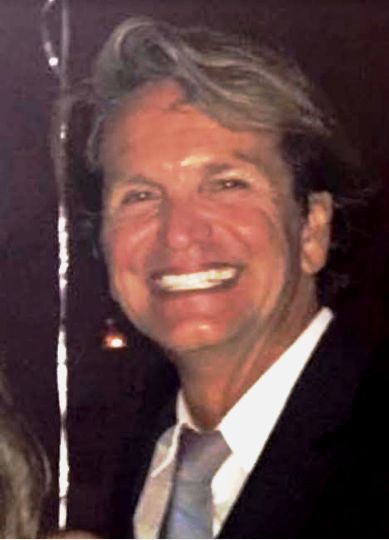
Cancer in My Community is a Cancer.Net Blog series that shows the global impact of cancer and how people work to care for those with cancer in their region. Antonio Cassio Assis Pellizzon, MD, MsC, PhD, is the head of the division of radiation oncology at the A.C. Camargo Cancer Center in São Paulo, Brazil.
Why I care for people with cancer
First and foremost, being a physician gives me a deep sense of accomplishment, satisfaction, and confidence when caring for my patients. It also makes me feel closer to the people who need hope, care, and treatment while living with cancer. Furthermore, new technologies, such as the radiation therapy treatments that I work with, have helped people with cancer live longer and better lives.
Receiving a cancer diagnosis often causes shock and sadness in my patients. However, caring for my patients brings me a sense of satisfaction, and I am glad when I am able to show them how cancer treatments have advanced to improve cancer outcomes. It makes me feel that my job as an oncologist is a meaningful role.
In my work as a radiation oncologist, I treat people with prostate, gynecological, skin, blood, and head and neck cancers. Improvements in cancer care, such as early detection and precision medicine, have become a reality. However, few people, even other doctors, seem to know how much radiation oncology has advanced. However, the interdisciplinary radiation therapy practice at my cancer center plays an important role in education and research in this field. My goal is to have radiation therapy be more reliable and accessible to Brazilian people.
What cancer care is like in Brazil
In Brazil, access to cancer treatment and early diagnosis has increased since the early 2000s. Many governmental and nongovernmental efforts, such as increased cervical, breast, and prostate cancer screening, have led to diagnosing these cancers earlier, when treatment is likely to be more effective. However, access to these services is still insufficient for some of the population, and new technologies that increase cure rates and improve quality of life are limited or unavailable in the public health system.
Most people in the country—about 75%—access their cancer care in the public, universal health system. The remainder of the population—about 25% of people—have private health insurance. For those receiving care in the public health system, there are often long waiting lines for treatment. In some centers in the north and northeast regions of the country, people may have to wait up to 3 months to start cancer treatment. Regional disparities in cancer care also exist that can make access to treatment more difficult depending on where you live. In the south and southeast regions of Brazil, which are more industrialized and populated, there are more cancer centers with better technology and more people with private health insurance, which reduces the waiting time to start treatment.
The perception of a cancer diagnosis as a death sentence has steadily dropped in Brazil. However, it is still very important for patients to know that prevention and early diagnosis are essential. Also, new treatment options are available that, even when advanced disease is diagnosed, are safe, effective, can increase survival, and can maintain or even improve quality of life for patients.
Where people with cancer can find local resources and support in Brazil
There are many governmental and nongovernmental services available in Brazil to help people with cancer, including:
-
A.C. Camargo Cancer Center, a center in São Paulo which offers care, support, and education for people with cancer.
-
Instituto Vencer o Câncer, which aims to educate people about the risk factors, prevention, diagnosis, and treatment of cancer.
-
Instituto do Câncer do Estado de São Paulo, another center in São Paulo offering care to those in the public health system.
-
Grupo de Apoio a Pessoas com Câncer, an organization that provides services and resources, such as physical therapy or food, to help people with cancer.
-
União e Apoio no Combate ao Câncer de Mama, which provides support for people with breast cancer.
-
Associação de Apoio à Criança com Câncer, which helps care for and treat children with cancer.
-
Ação Solidária Contra o Câncer Infantil, which supports children with cancer and their families.
The author has no relevant relationships to disclose.
